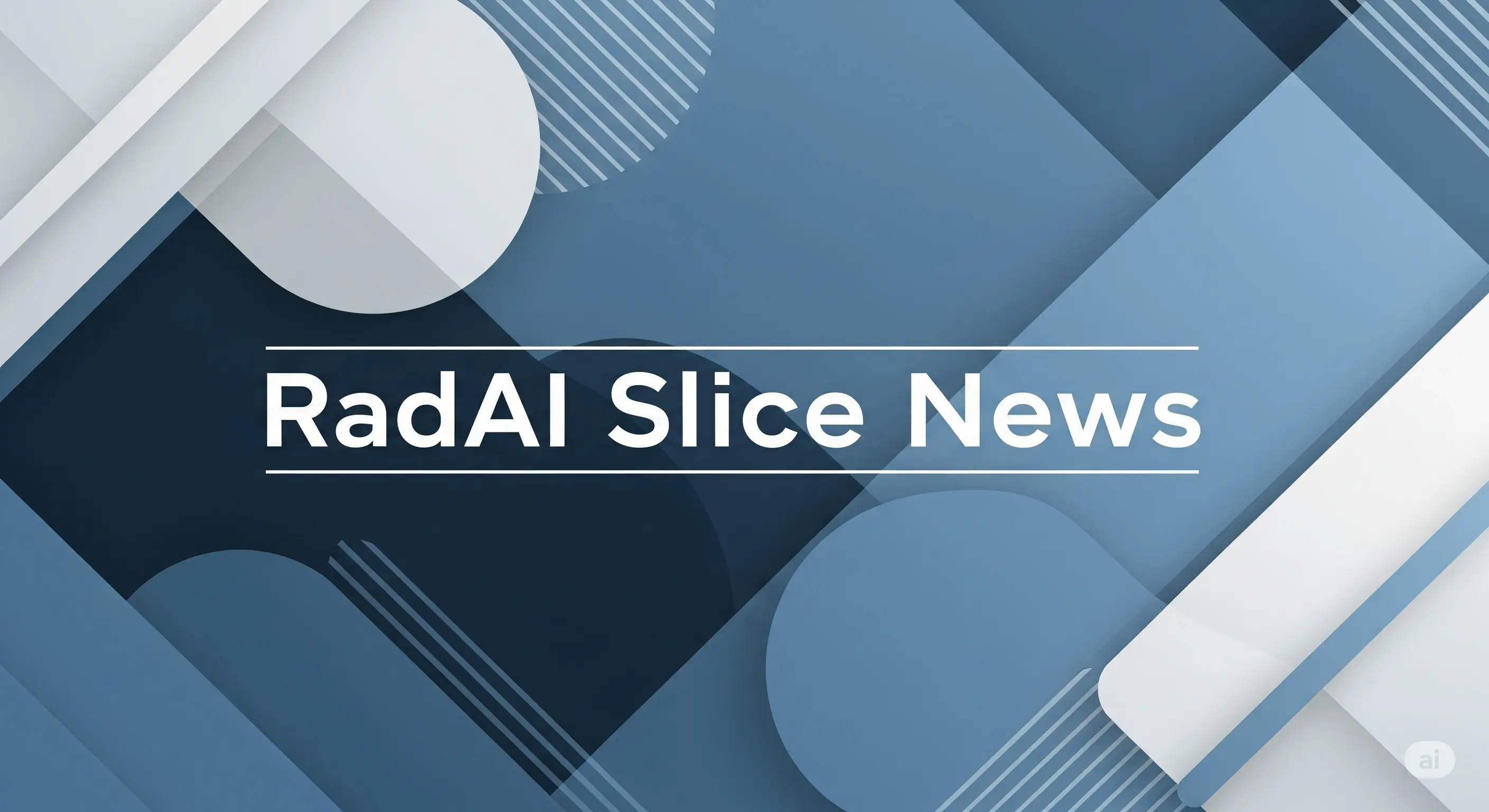The Mirai AI model significantly improves detection of interval breast cancers in negative screening mammograms.
Key Details
- 1Mirai risk model analyzed 134,217 screening mammograms, including 524 interval cancers.
- 2Top 20% risk group by Mirai captured 42.4% of interval cancers, corresponding to 1.7 additional detections per 1,000 exams.
- 3AUC values for interval cancer prediction ranged from 0.67 to 0.72 across time, age, and breast density subgroups.
- 4No significant performance variation across different age groups or breast densities was observed.
- 5Mirai has been validated on nearly 2 million mammograms across 21 countries.
- 6Editorial comments highlight progress but note limitations since interval cancer detection did not surpass 50%.
Why It Matters
Interval cancers are a challenge in breast screening, often missed during routine exams and harder to detect. AI-driven risk models like Mirai offer a promising path to personalized screening strategies, potentially catching cancers earlier and improving patient outcomes.

Source
AuntMinnie
Related News

•AuntMinnie
AI-Enhanced MRI Boosts Return-to-Play Predictions for Athlete Muscle Injuries
Adding AI to MRI-based classification systems improves return-to-play predictions for professional athletes with muscle injuries.

•HealthExec
AI's Expanding Role in Healthcare and Implications for Radiology
A series of thought leaders and institutions weigh in on AI's transformative potential in healthcare, with emphasis on radiology adoption and responsible use.

•Radiology Business
Workflow Efficiency Tops AI ROI in Radiology Practices
Survey finds that AI's main ROI for radiology practices is improved workflow efficiency rather than direct financial gains.